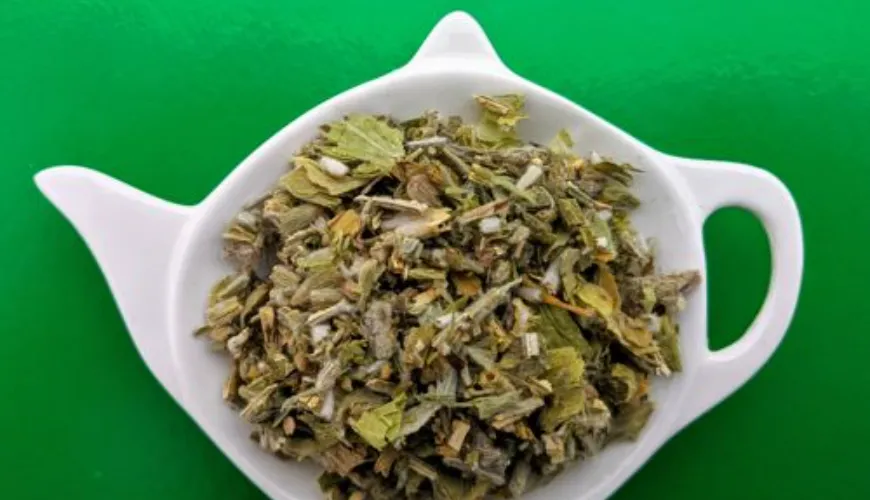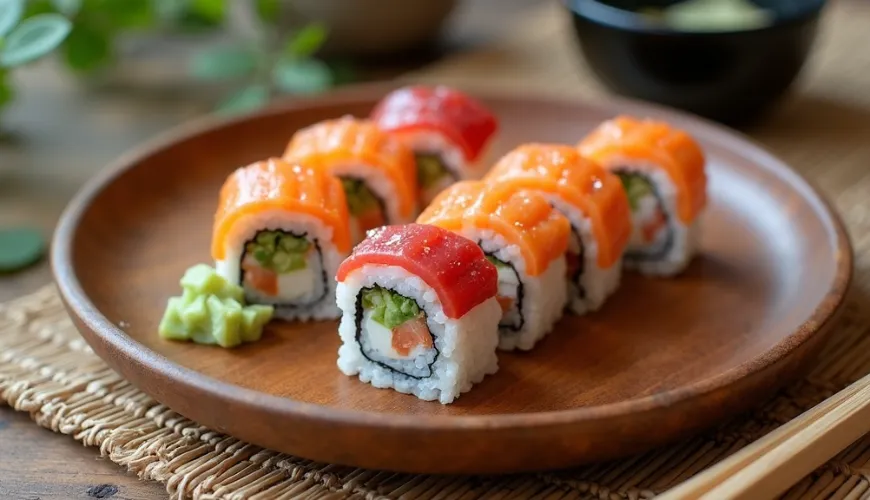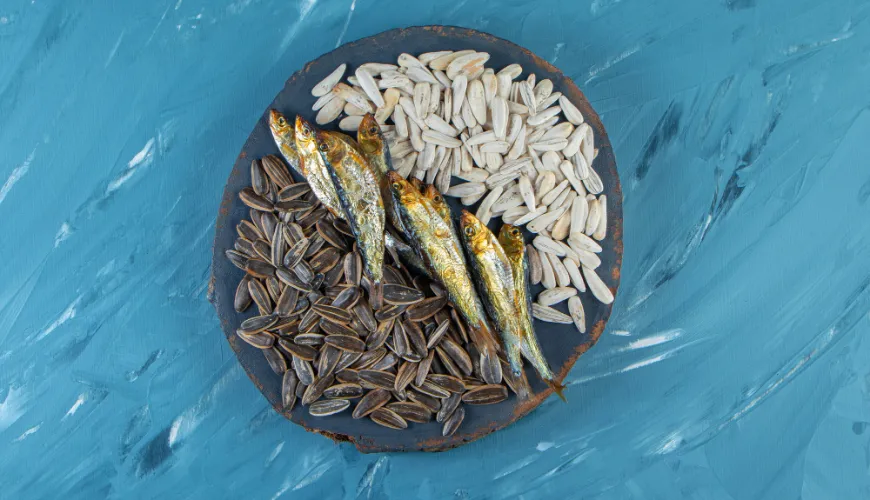
Futomaki and Its Secret to Bringing the Family Together at the Table

Futomaki - The Magnificent Sushi Winning the Hearts of Gourmets and Beginners Alike
When you hear the word sushi, most people imagine small rice rolls with a piece of fish or vegetable, perhaps accompanied by wasabi and soy sauce. But the world of sushi is much more diverse – and one of its most distinctive heroes is futomaki, often nicknamed "big sushi." This traditional Japanese dish is gaining increasing popularity outside the Land of the Rising Sun. It's no wonder – its diversity, bold flavor, and attractive appearance are literally a magnet for the eyes and taste buds.
What is futomaki and how does it differ from other types of sushi?
The name futomaki translates to "thick roll." Unlike the more familiar hosomaki (thin rolls with one filling) or uramaki (rolls with rice on the outside), futomaki sushi is characterized mainly by its size and richness of ingredients. A typical roll has a diameter of 4 to 5 centimeters and contains more than three different fillings, often combining sweet, sour, salty, and crunchy flavors.
The base is always seasoned sushi rice and a sheet of seaweed nori. The fillings vary according to seasonality, the chef's creative approach, and regional customs in Japan. Traditional versions may include sweet omelet tamagoyaki, marinated mushrooms shiitake, pickled vegetables like kampyo (gourd strips) or takuan (pickled radish), but modern versions often include tuna, cucumber, avocado, or tempura.
One of the characteristic features of futomaki is its colorfulness. When the roll is sliced, the individual fillings create a mosaic on the cross-section, reminiscent of culinary art. This is why futomaki is a popular part of festive tables, celebrations, and New Year’s festivities in Japan.
A Kitchen Story – How Futomaki Can Bring the Family Together
One of the most beautiful aspects of futomaki sushi is its ability to connect people. In Japan, for example, it is customary to prepare futomaki at home during the Setsubun festival, which marks the arrival of spring. Entire families gather around the table, prepare the ingredients, and roll together. It's an activity reminiscent of Czech baking Christmas cookies – a connection of tradition, sharing, and joy of creation.
A similar experience was had by Markéta, a young woman from Brno, who decided to host a "sushi night" with friends at home. Instead of the usual pieces from a restaurant, they decided to make their own sushi futomaki. "It was a bit of a challenge, but also great fun. Everyone came up with their own combination of ingredients, and then we guessed who made what. We had a roll with salmon and avocado, another with cucumber, radish, and sweet omelet... and finally, we passed them around like gifts. It was completely different from a normal dinner," she describes with a laugh.
Stories like these show that futomaki is not just food, but also an experience – and sometimes even a small creative project.
How to Prepare Futomaki at Home? It's Not as Difficult as It Seems
Although at first glance futomaki may seem like a dish that requires years of training, the truth is that with a little patience and the right ingredients, almost anyone can prepare it. The key is to use quality sushi rice, which is flavored with a mixture of rice vinegar, sugar, and salt after cooking. Then, a sheet of nori is placed on a bamboo mat, rice is evenly spread over it, and the chosen fillings are added.
The most fun part comes next – rolling. With the help of the mat, everything is tightly wrapped into a cylinder, which is then cut into thicker slices with a sharp knife. If the knife is wiped with a wet cloth before each cut, the rolls won't fall apart and the cut will be clean.
Popular combinations for home preparation include:
- Salmon, avocado, cucumber, and cream cheese
- Sweet omelet, marinated shiitake, carrot, and takuan
- Tuna with Japanese mayonnaise, spring onion, and sesame
- Tofu, bell pepper, pickled radish, and cilantro (vegan option)
The possibilities are endless, and imagination knows no bounds. The advantage is that everyone can tailor the combination to dietary restrictions or taste preferences – whether it's a vegetarian, vegan, or gluten-free option.
Why Should You Give Futomaki a Chance?
In today's fast-paced world, where we often choose quick and industrially processed foods, futomaki comes as a breath of fresh air, balance, and aesthetics. Not only does it contain various nutrients – from proteins to fiber to vitamins – but it also promotes a mindful approach to eating. Every bite is the result of creation, focus, and care. For many, it's a form of mindfulness, where one finally allows themselves a break.
Try our natural products
Moreover, when you prepare futomaki at home, you have full control over what ends up on your plate. Instead of plastic-wrapped fast food, you can rely on fresh ingredients, local vegetables, and a sustainable approach. Combined with reusable tools like bamboo mats or stainless steel chopsticks, making futomaki becomes not only a culinary, but also an ecological choice.
Perhaps the magic of this Japanese dish lies in its being a harmony of flavors, aesthetics, and values that we so need today.
Futomaki on the Plate and in Culture
Although futomaki is regarded as a traditional dish, its forms are constantly evolving. In Japan, there are also ehōmaki – a special type of futomaki eaten during Setsubun whole, without slicing, in a specific direction that changes each year according to astrology. This ritual is meant to bring luck and protection from evil forces.
In Western countries, various creative variations are emerging, from colorful rolls with beet powder to decorative kazari maki, or rolls with pictures inside. It's not uncommon for people to have futomaki "create" flowers, animals, or logos.
Whether you choose a traditional or modern approach, one thing is certain – futomaki sushi has the ability to captivate and leave an impression. As the Japanese proverb says: "Food is first eaten with the eyes." And futomaki is proof that this saying truly holds.
In a time when we are seeking meaningful ways of eating and yearning for authentic experiences, futomaki offers the ideal balance. It's food that connects cultures, families, and friends – and at the same time invites us to slow down, be creative, and enjoy every bite.







